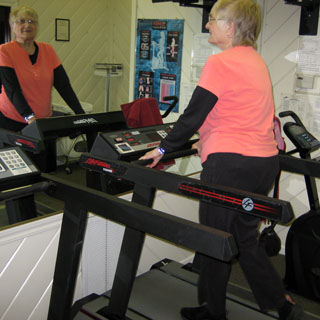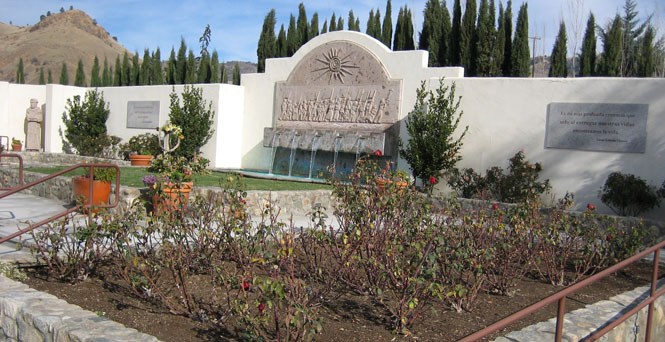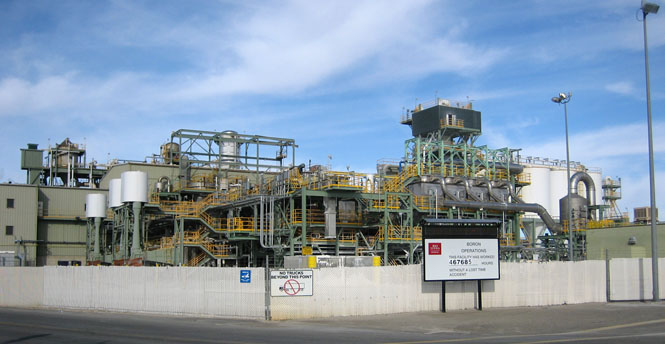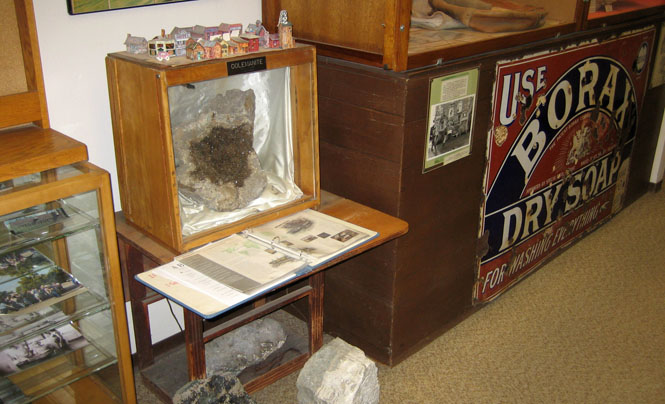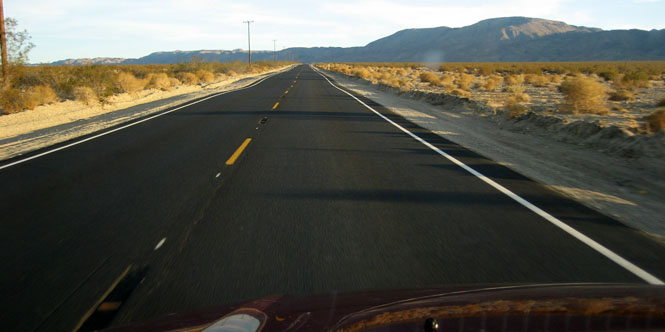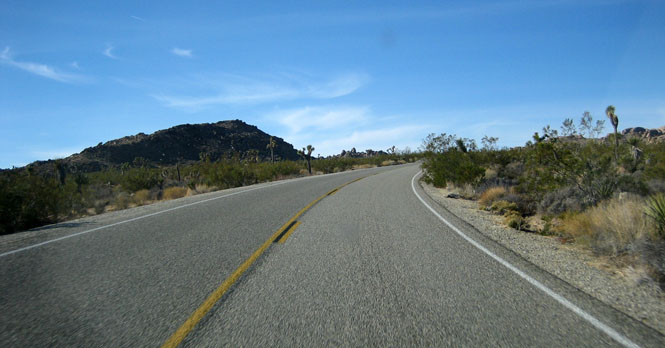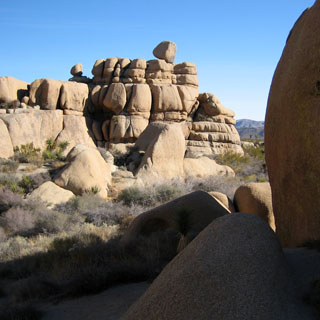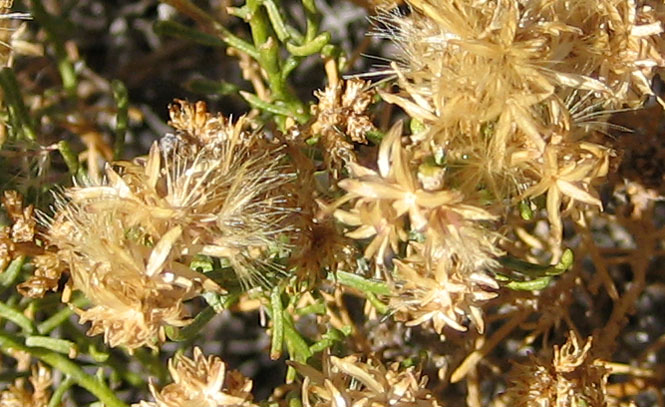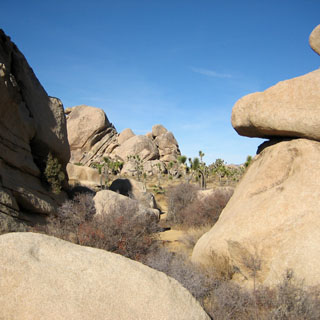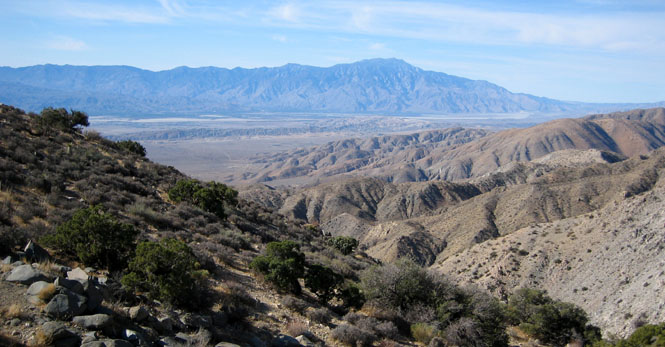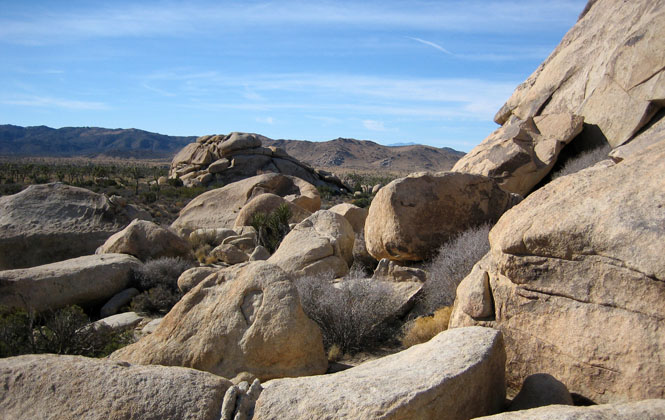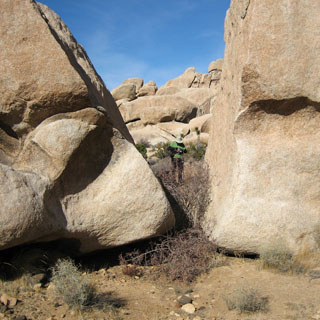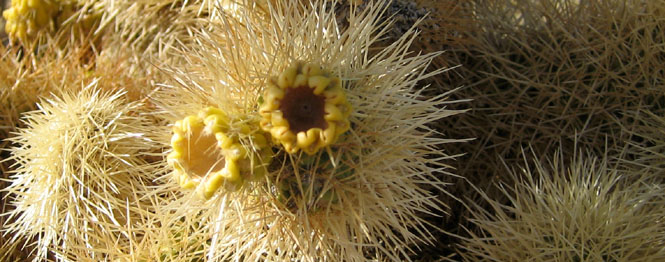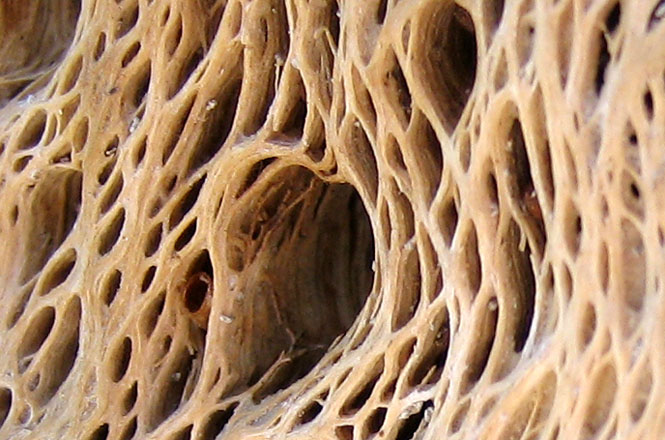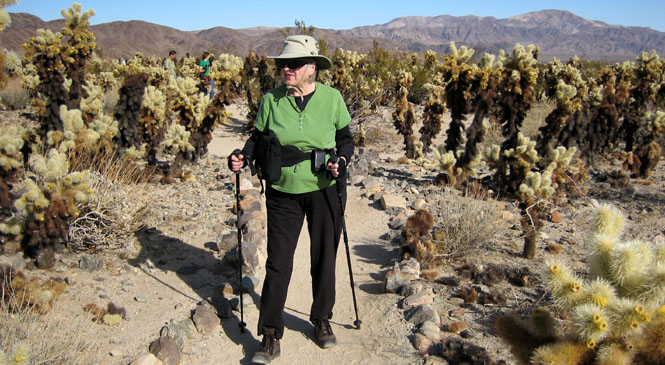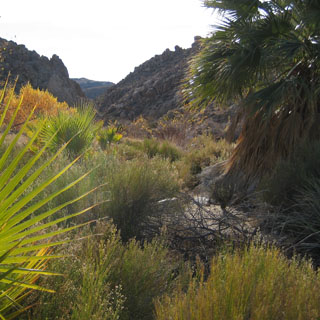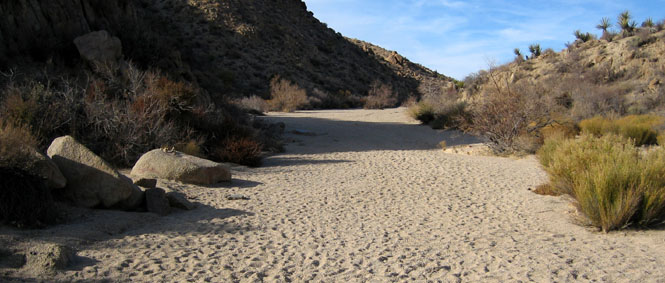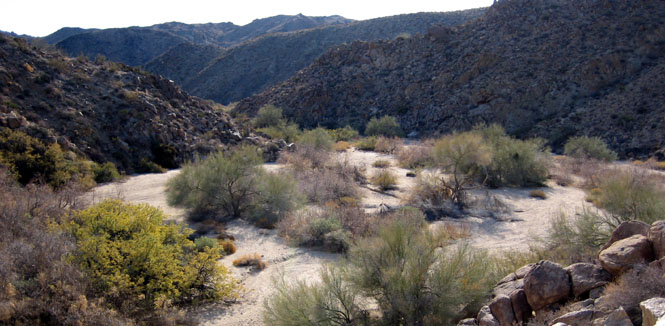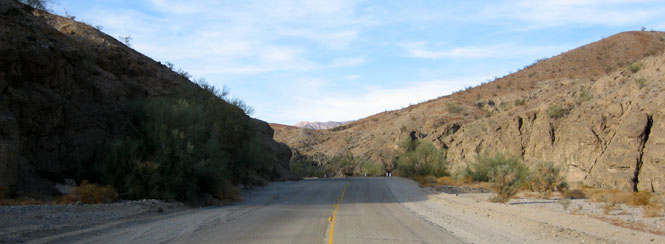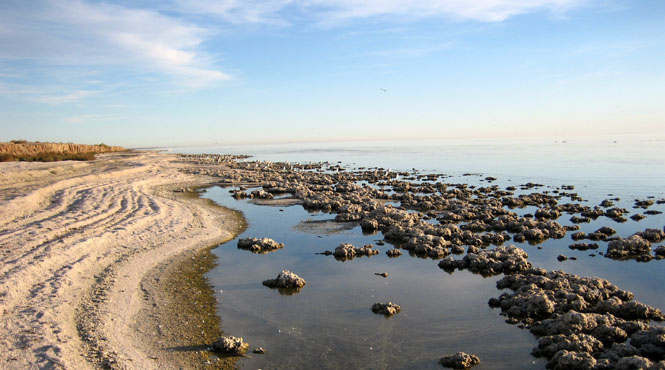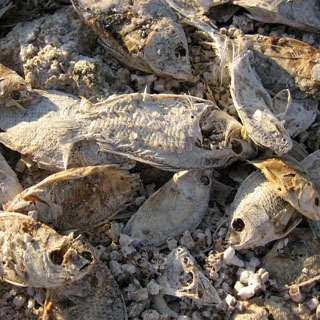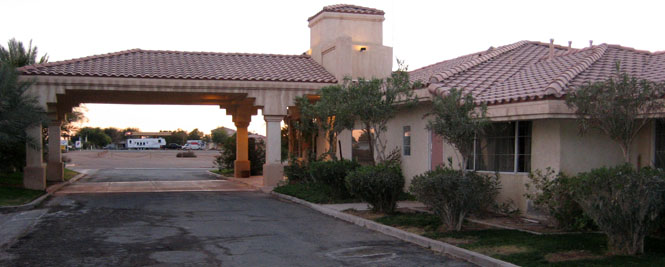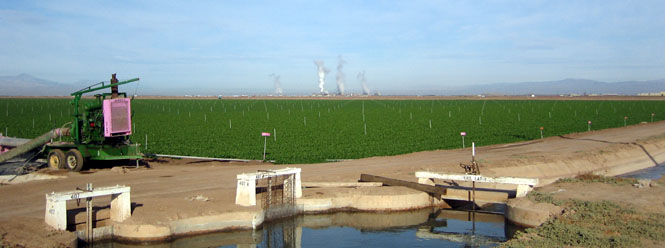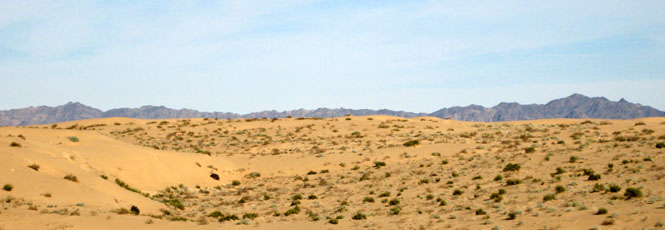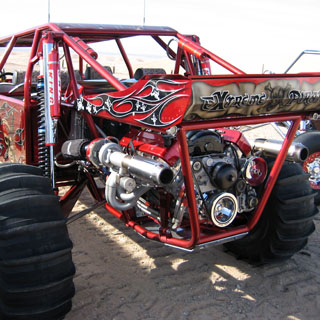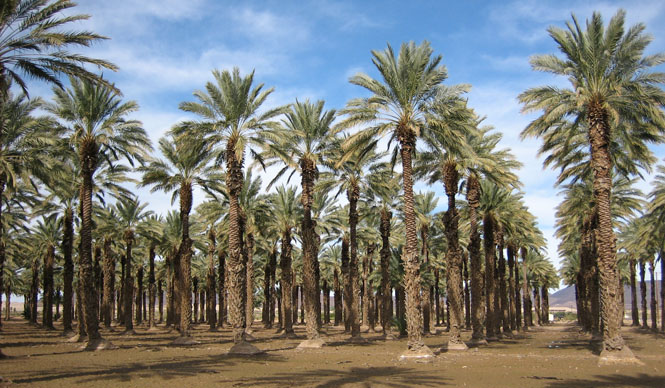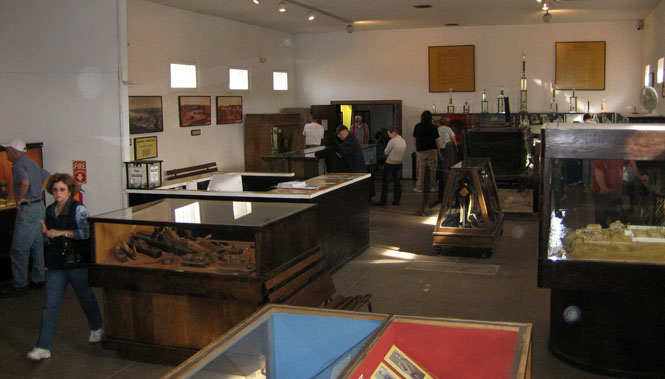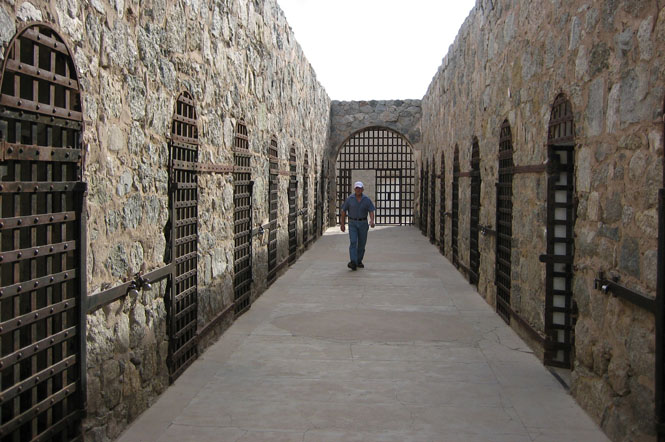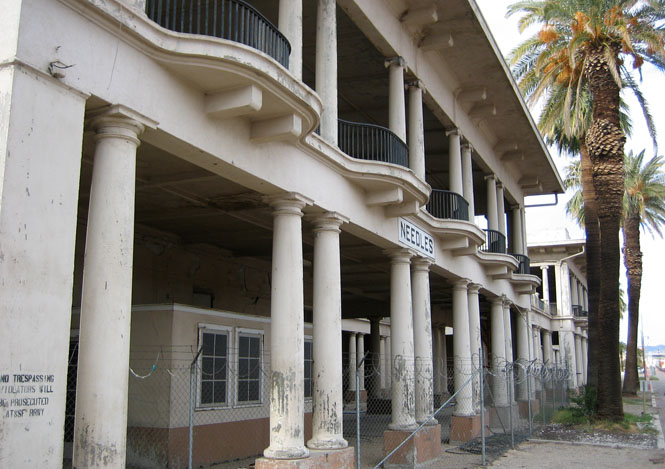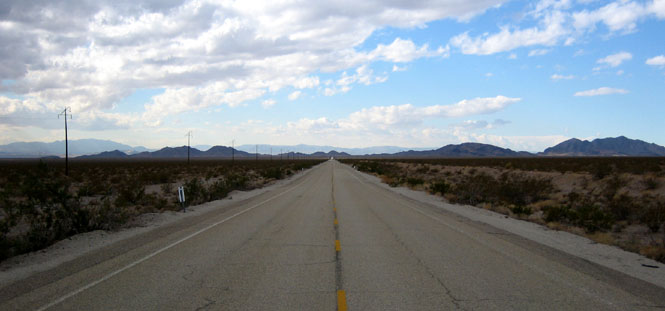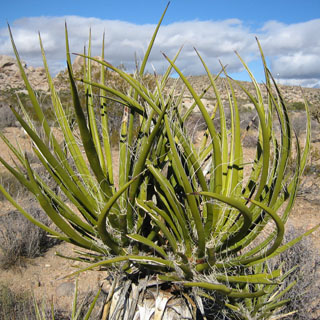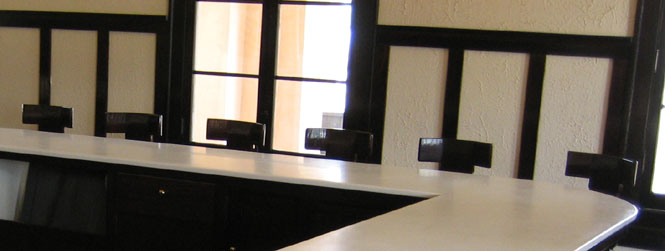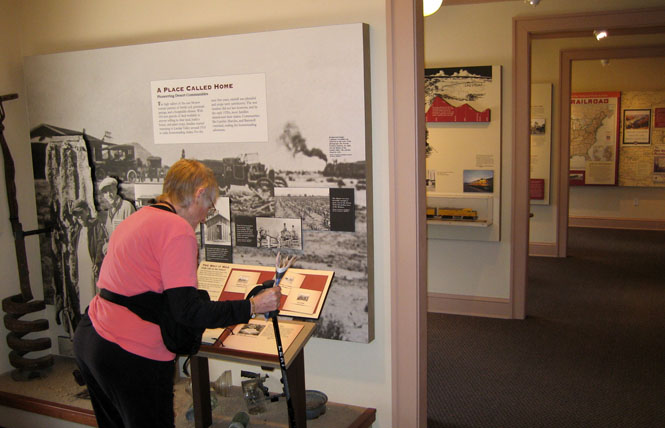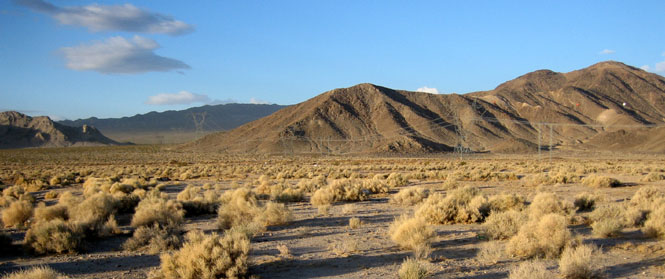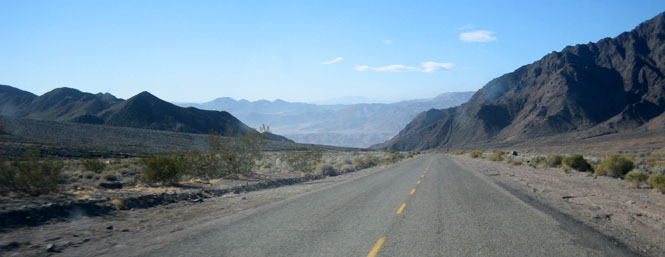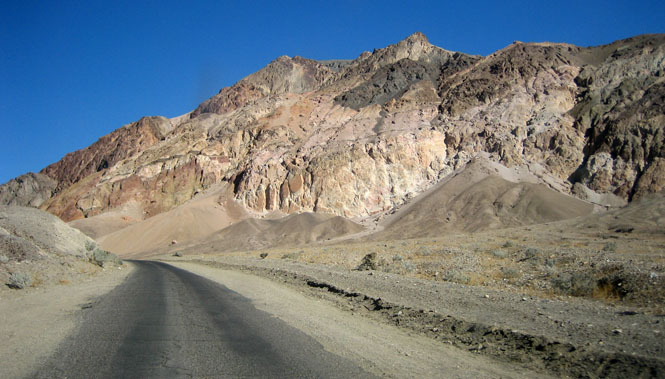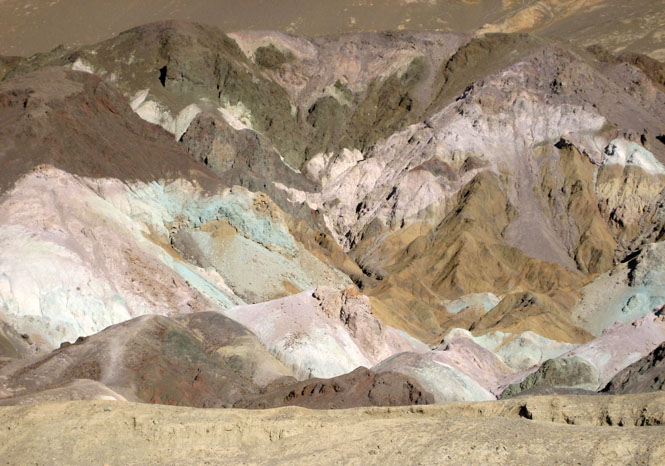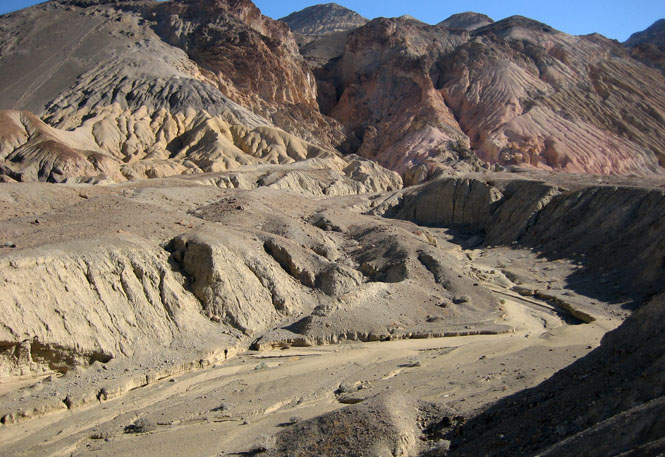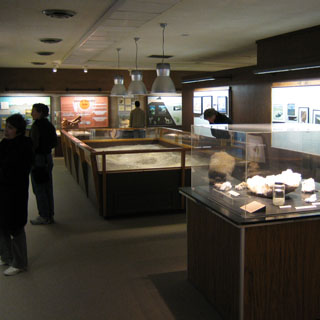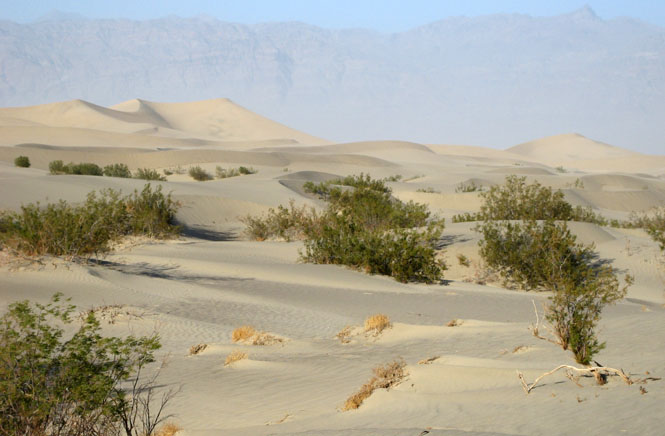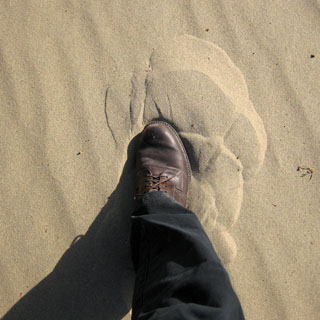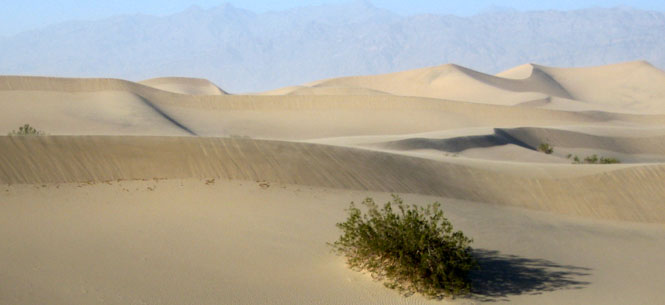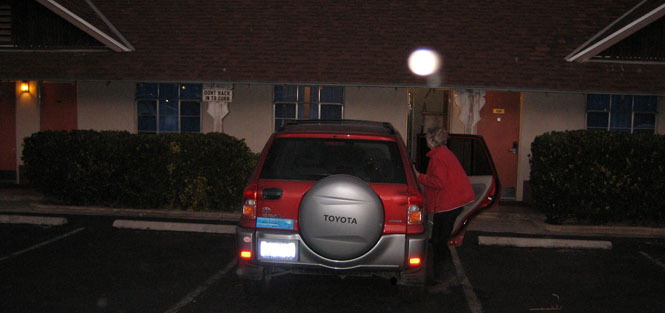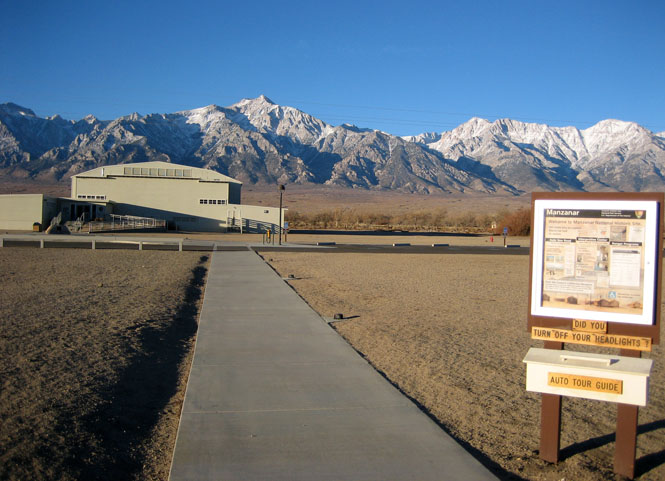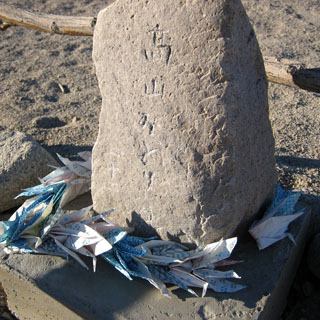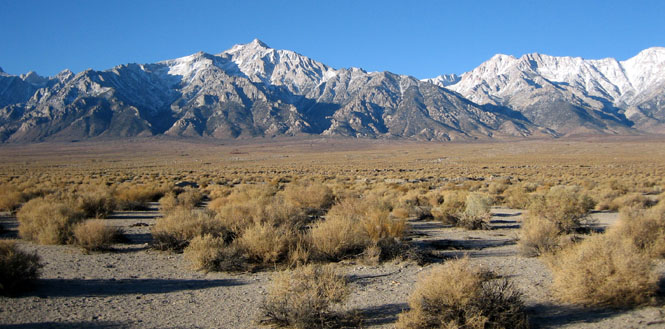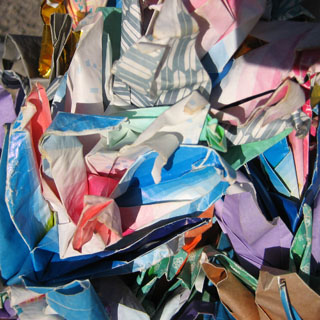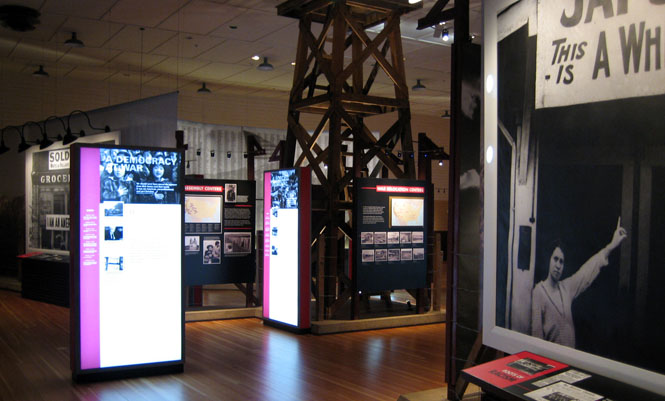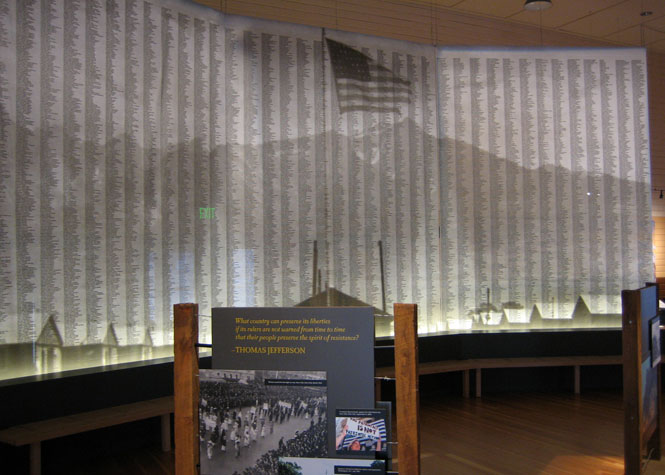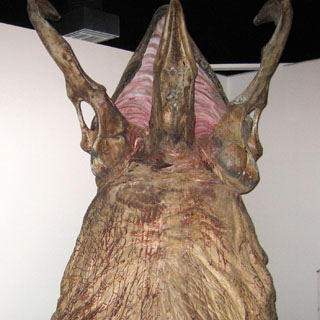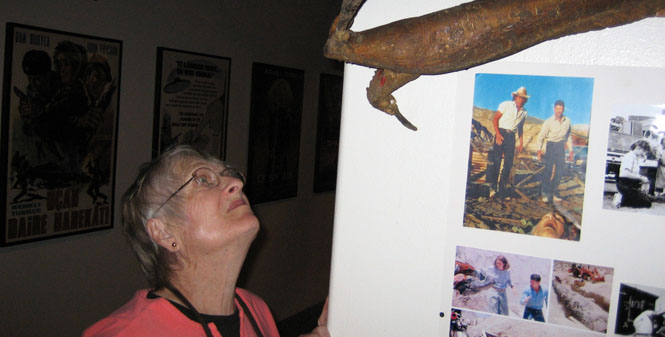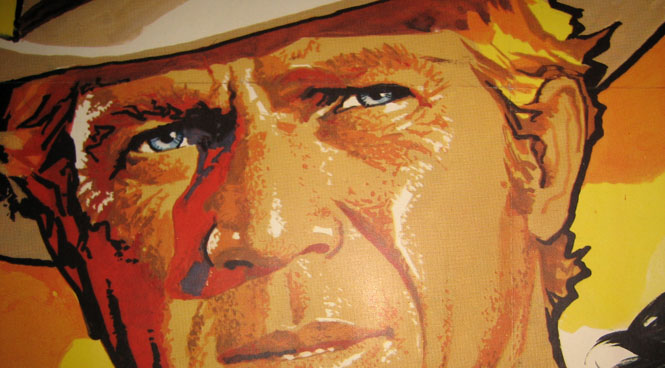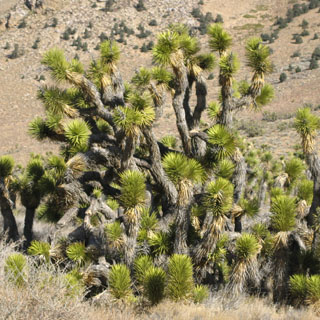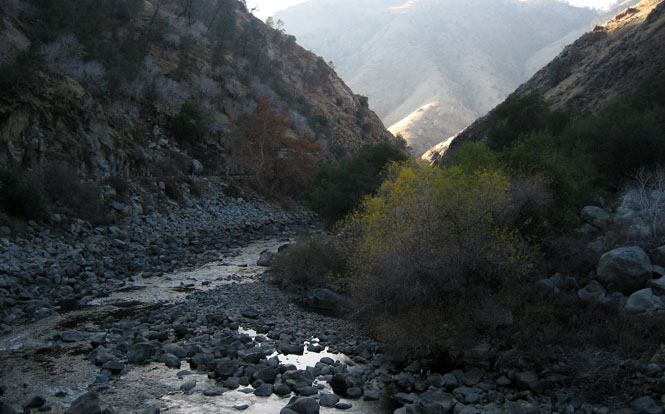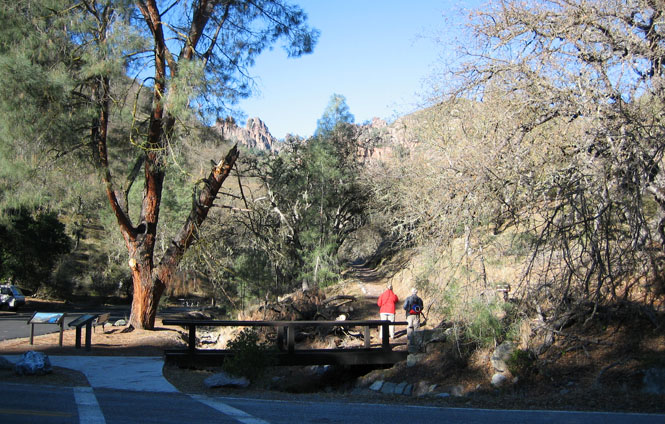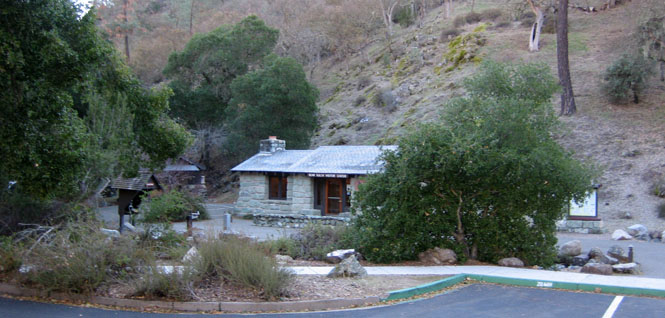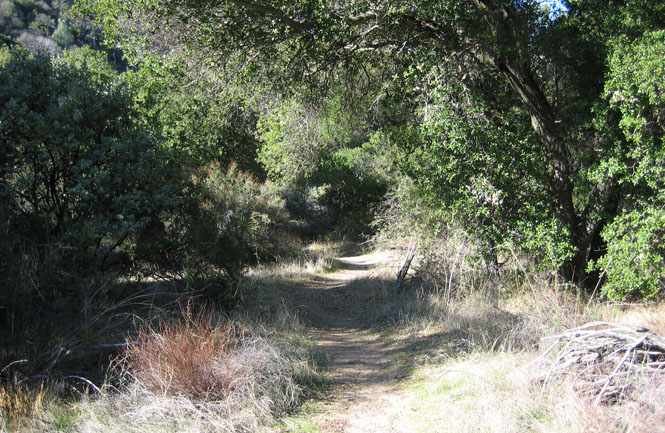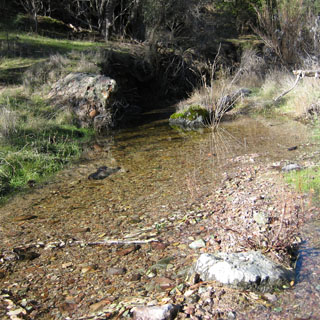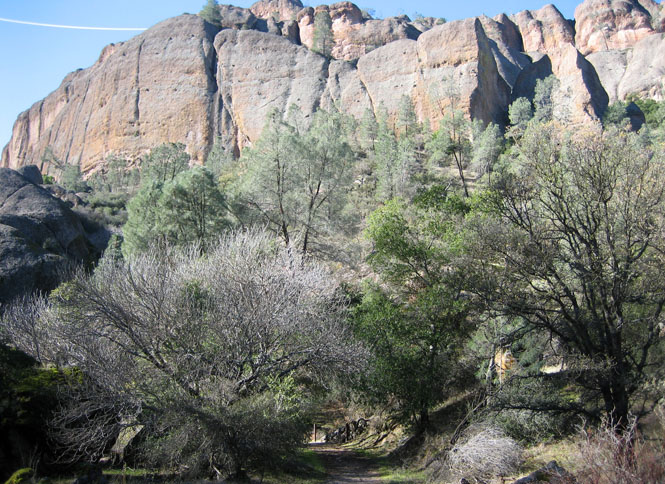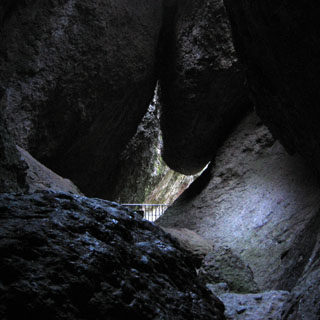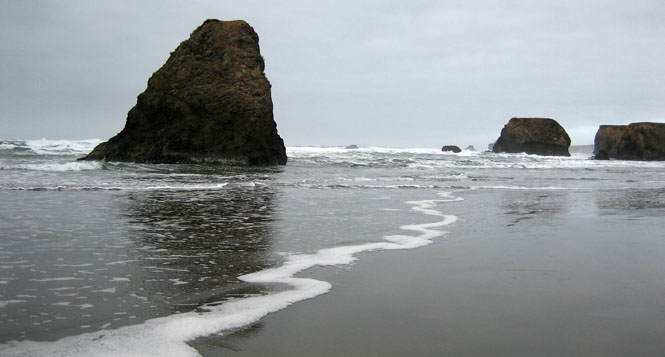December, 2006
A trip by Awanna and Daniel during the week between Christmas and New Years.
There were only a few definite things that we planned to see: Salton Sea, Joshua Tree National Park, Chavez Center in Keene, and date palms in Bard, California. Additionally, it was hoped that there would still be some trace of the original channel that was formed by the (accidental) creation of the Salton Sea.

 California
California
After driving through Willits, over to Clear Lake and Williams and then south, we reached Lodi for the night. There was some concern that being the Christmas break our lack of reservations might be a problem. It never was. Only once during the trip did we have to go to the next hotel because they were full.
The hotel in Lodi had a nice exercise room. Actually, they had an entire out-building dedicated to this exercise room and spa.
Keene, California is in the Tehachapi Mountains, between Bakersfield and Mojave (and very close to the famous "Tehachapi Loop"). It is the location of the Cesar Chavez Center and Chavez grave. Not surprisingly, the center buildings were not open, but the garden grave site was accessible.
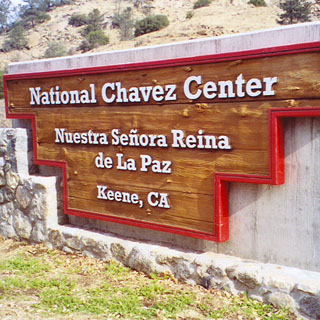


But, the Borax museum in Boron was open for visitors.
California Highway 247, south of Barstow. This is only a thin line on the map, and we didn't see any traffic.
Christmas day in Twenty-nine Palms with even better exercise equipment.

The Joshua Tree National Park visitor center was open. We watched a short film about the park--very well done.
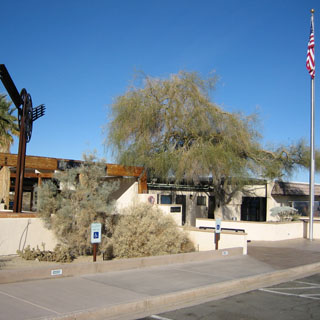
Driving inside the park.
There are plenty of places to pull over and walk.
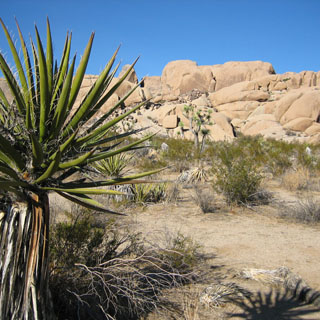
It's easy walking as the desert floor is quite level and hard.

Do not even think of touching the cactus. You will regret it if you do.
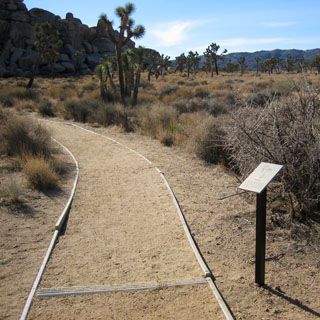


It's a little blurry, but this gives you an idea of how rough the rocks are--painful to press with your bare hand, and even uncomfortable to sit on.
Taken from the highpoint of the park, looking south. The Salton Sea is at the horizon to the left.
Palm Springs is toward the right.
At the "Hall of Horror" trail (several of the destination-points in the park had equally silly names).
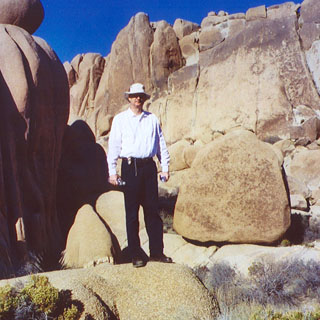
Eating Christmas cookies (thanks Lorraine!). It was cool enough for a jacket, but after walking a ways, you wanted to take it off.
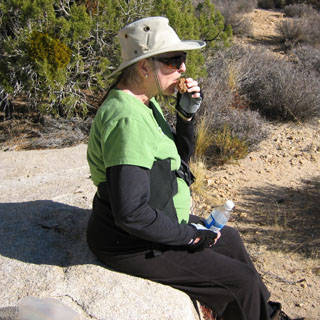
Stopping for lunch. We're quite quick with setup.

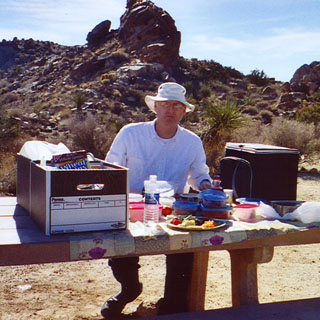
An odd rock formation with a series of seats along the ridge.

Descending from the "high" Mojave Desert to the "low" Colorado Desert the plants and rocks change considerably. This difference in elevation is what makes Joshua so interesting and is also a reason why it was made a park.
Cholla cactus. Heed the warning.
Cottonwood Oasis. There are two dry creek beds that merge into a single channel.

Awanna sat on a rock, near here (just to the left), while Daniel continued down the creek.
As mentioned, these rocks can be uncomfortable to sit on (and will rip your pants), so Awanna walked back to the car--but she took the wrong creek bed...
A couple of visiting Japanese tourists happened to be at the road (where the creek bed crossed) and drove her the short distance back to the parking lot.
Note: at the visitor center there was even a special sign warning hikers to be wary of getting lost. All the rocks and sand can look confusingly alike... This sort of thing must be fairly common.
No traffic, and a spectacular road.
The Coachella Canal.
The eastern shore of the Salton Sea. What appears to be sand, is instead pieces of very small shells from some sea animal.
Calipatria for the night (the lowest elevation city in the country).
The Sonny Bono Salton Sea National Wildlife Refuge.
The visitor center had a tremendous amount of information on the whole area, and quite a bit on the creation of the Salton Sea. It turns out that the break in the Colorado River gates occurred across the border (sending the entire flow of the Colorado River into California), and the resulting channel cut across what is now a settled area. So, we wouldn't be looking for any further traces of that event.
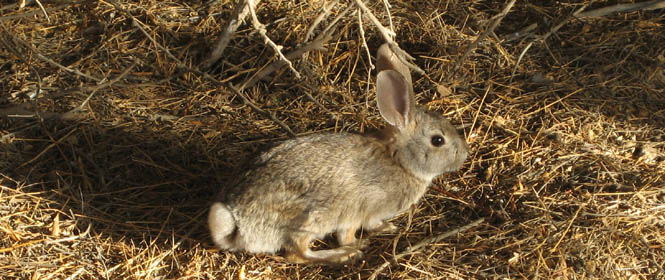
Watching Snow Geese from the viewing platform
Imperial Valley irrigation and crops near Brawley.
The Imperial Sand Dunes. These are huge and very widespread.
Highway 78 across the dunes. Keeping the sand off the highway must be a continuous job. The original road was paved with wood planks.
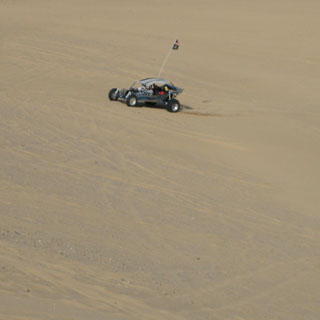

Medjool Date Grove near Bard, California. We knew little of these dates before the trip, but came to learn that the large Medjool Date is one of the best tasting of all the dates.
Prickly Pear. Again, you are strongly advised not to touch these things. That means any part.

 Arizona
Arizona
The Yuma Territorial Prison didn't operate for long, but it was certainly well known. The Yuma high school team continues to be known as "The Criminals."

Prison museum.
The cells.
Driving north out of Yuma along US 95 in Arizona
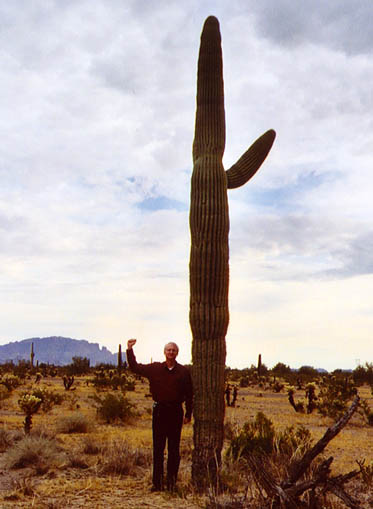
The desert floor. Hard gravel.
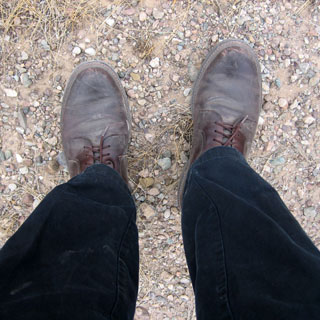
London Bridge is now in Lake Havasu City, Arizona.
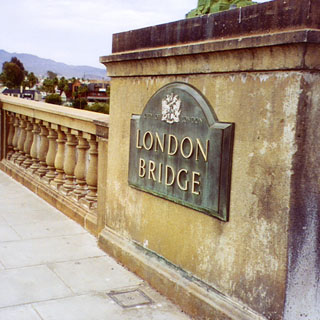
Lake Havasu City
The Colorado River (in the guise of Lake Havasu)
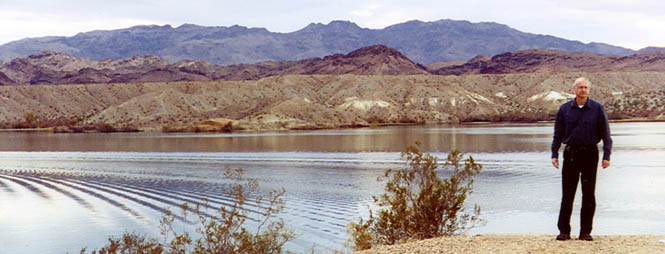
 California
California
Route-66 through Needles.
Old route 66 towards Danby. Of course, all the traffic is on the freeway several miles to the north.

Kelso railroad station (now the Park Headquarters). Kelso existed as the site for "helper engines" back in the days of steam.
The old lunchroom. Someday they hope to be able to serve lunch again.
The museum inside the headquarters building. All very well done.
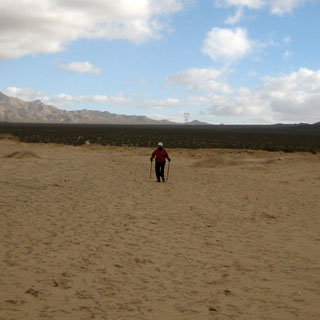
Descending towards Baker, but still in the park.
Lava flows


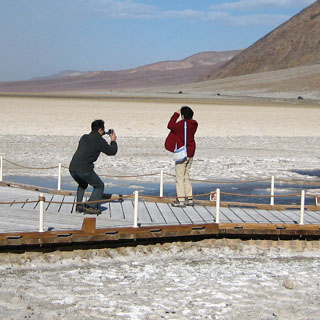
Artist Drive.
Furnace Creek, Death Valley

The museum exhibits were little changed in 30 years. Some of the same dioramas were still used (with the same "recorded voices" of the pioneers still bemoaning their fate).
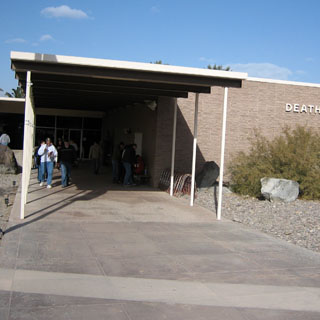
The Sand Dunes of Death Valley. Not as large as the Kelso Dunes, but the weather was better for hiking (but, it is still windy).
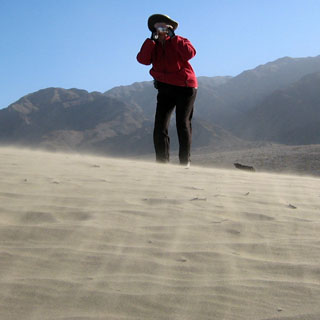

The World War II Manzanar Relocation Center for American citizens of Japanese ancestry. A place well worth making a side trip (as we did). The visitor center exhibits were very well done.
Only a very few buildings remain (the remainder having been relocated or sold for scrap).
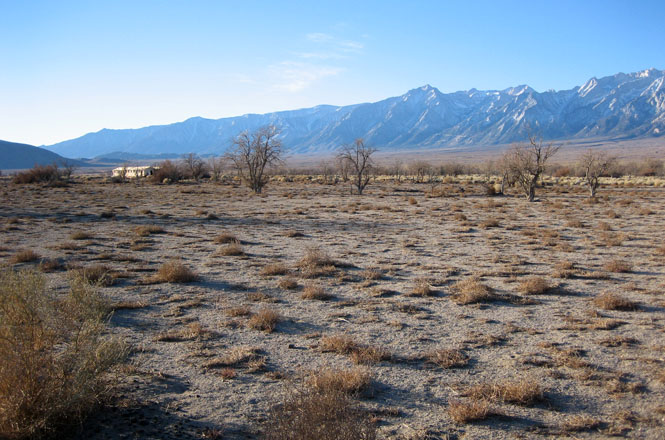
The Cemetery at Manzanar. Only a few graves remain; most all the others were removed after the camp was closed.


Visitor center in the old assembly hall (which was originally built by the interned).

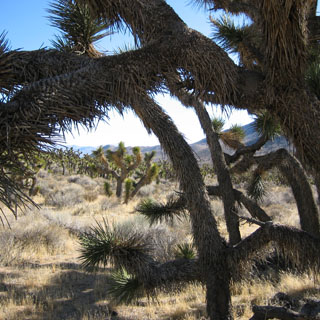
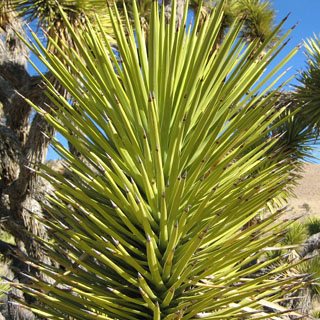
Along the Kern River (which flows through Bakersfield).
We had not planned on stopping here, but it was (more-or-less) on the way. It turned out to be a perfect day for hiking.

The visitor center
Hiking the Chalone Creek Trail, which runs around a mountain, staying fairly level.

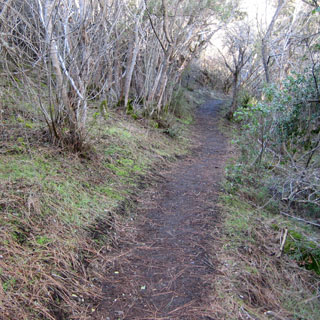
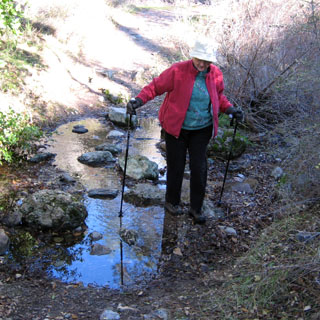
The sign said "Flashlight required" and the sign was right.
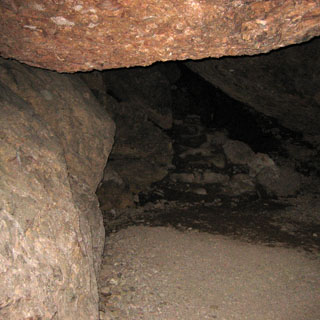

Back along the northern California coast.
Tossing the kelp.

The famous drive-through tree.


Total trip mileage: 2,500 miles.
It would be hard to plan any other route that would take you through such a diverse range of landscapes as we saw--and, we saw practically everything that California has.
Preparing to look for migrating whales.
Never photograph people when they're eating...
Recreated Yurok village.

